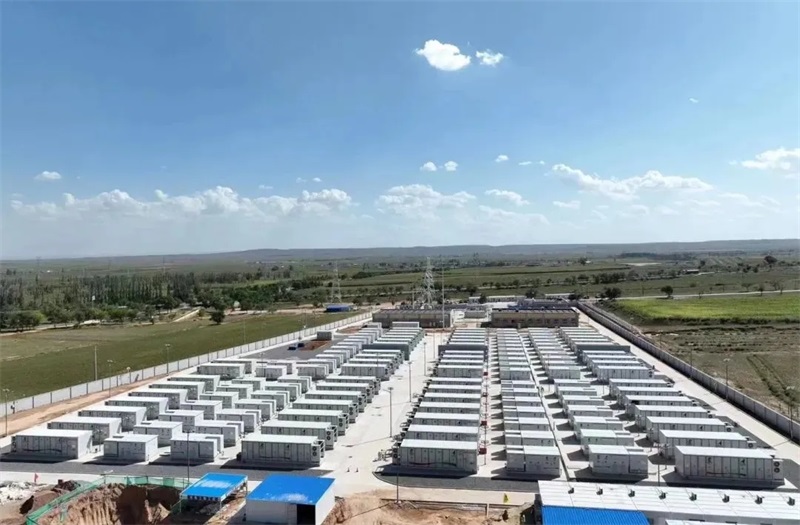Understanding Amp-Hours (Ah): A Complete Guide to Battery Capacity and Performance

Battery technology plays a vital role in modern technology, with applications spanning from mobile devices to electric vehicles. As a fundamental unit of battery capacity, ampere-hours (Ah) directly impact the operating time and performance of devices. Understanding the meaning and calculation of ampere-hours is crucial for selecting, using, and maintaining batteries effectively.
What Are Amp Hours?
Ampere-hours (Ah) is a unit used to measure battery capacity, indicating the amount of charge a battery can deliver over one hour. Specifically, 1 Ah means the battery can supply a current of 1 ampere (A) for one hour. This unit provides a straightforward way to comprehend the current output capability of a battery.
1. Battery Capacity
Battery capacity refers to the amount of energy a battery can store, measured in ampere-hours (Ah). A higher capacity means the battery can provide more current or operate for a longer period.
2. Battery Discharge Characteristics
Ampere-hours are closely related to the discharge rate of the battery. During actual discharge, the battery may not fully discharge to its theoretical capacity due to factors such as discharge rate, temperature, and ageing.
Calculation Methods
The ampere-hour measurement is closely related to the battery's voltage (V). The total energy (Wh, watt-hours) of a battery can be calculated using the following formula:
Wh = Ah × V
For example, a 12V, 10Ah battery has a total energy of 120Wh. This calculation helps in understanding the energy storage capacity of the battery at different voltages and in predicting the actual usage scenarios of devices.
Battery Energy Density
In addition to ampere-hours, the energy density of a battery is a key metric. Energy density measures the amount of energy stored per unit volume or mass. Batteries with higher energy density can provide more charge while occupying less space and weight.
Influencing Factors
Battery performance is affected not only by ampere-hours but also by the following factors:
1. Discharge Rate
The effective capacity of a battery can vary with different discharge rates. Higher discharge rates may lead to reduced capacity due to decreased efficiency of internal chemical reactions.
2. Temperature
Temperature has a significant impact on battery performance. At low temperatures, the internal resistance of the battery increases, reducing capacity. At high temperatures, the chemical reaction rate inside the battery speeds up, potentially leading to accelerated aging.
3. Battery Aging
As batteries age, their capacity gradually decreases. This is due to the aging of internal materials and reduced efficiency of chemical reactions.
4. Charge Cycles
The number of charge and discharge cycles affects the battery's lifespan. A higher number of cycles leads to a gradual reduction in capacity, making proper charge management essential for extending battery life.
Applications
Ampere-hours find applications across various fields, including but not limited to:
1. Consumer Electronics
In mobile devices such as smartphones, tablets, and laptops, the battery capacity directly determines the usage time. Users typically choose batteries based on ampere-hours to meet their individual needs.
2. Electric Vehicles
The range of electric vehicles is closely related to the ampere-hours of the battery. A higher capacity battery can provide a longer driving distance, enhancing the convenience of electric vehicles.

3. Backup Power Systems
In UPS (uninterruptible power supply) systems, ampere-hours determine the duration of backup power. When designing systems, selecting an appropriate battery capacity based on the load requirements is essential.
Practical Applications and Best Practices
1. Considerations When Choosing Batteries
When selecting a battery, factors such as ampere-hours, voltage, energy density, and the intended usage environment must be considered. A comprehensive approach ensures the battery performs optimally for specific applications.
2. Battery Maintenance and Management
Regular checks on battery status, maintaining proper charging and discharging habits, and using suitable chargers are crucial for extending battery life. Avoiding over-discharging and adhering to best practices are key components of effective battery management.
Conclusion
Ampere-hours (Ah) are a core metric for battery capacity, essential for evaluating and selecting batteries. A comprehensive understanding of ampere-hours, along with their calculation, influencing factors, and applications enables more informed decisions in battery management and usage. Future research could explore how to optimize various performance metrics of batteries to improve their efficiency and lifespan.

